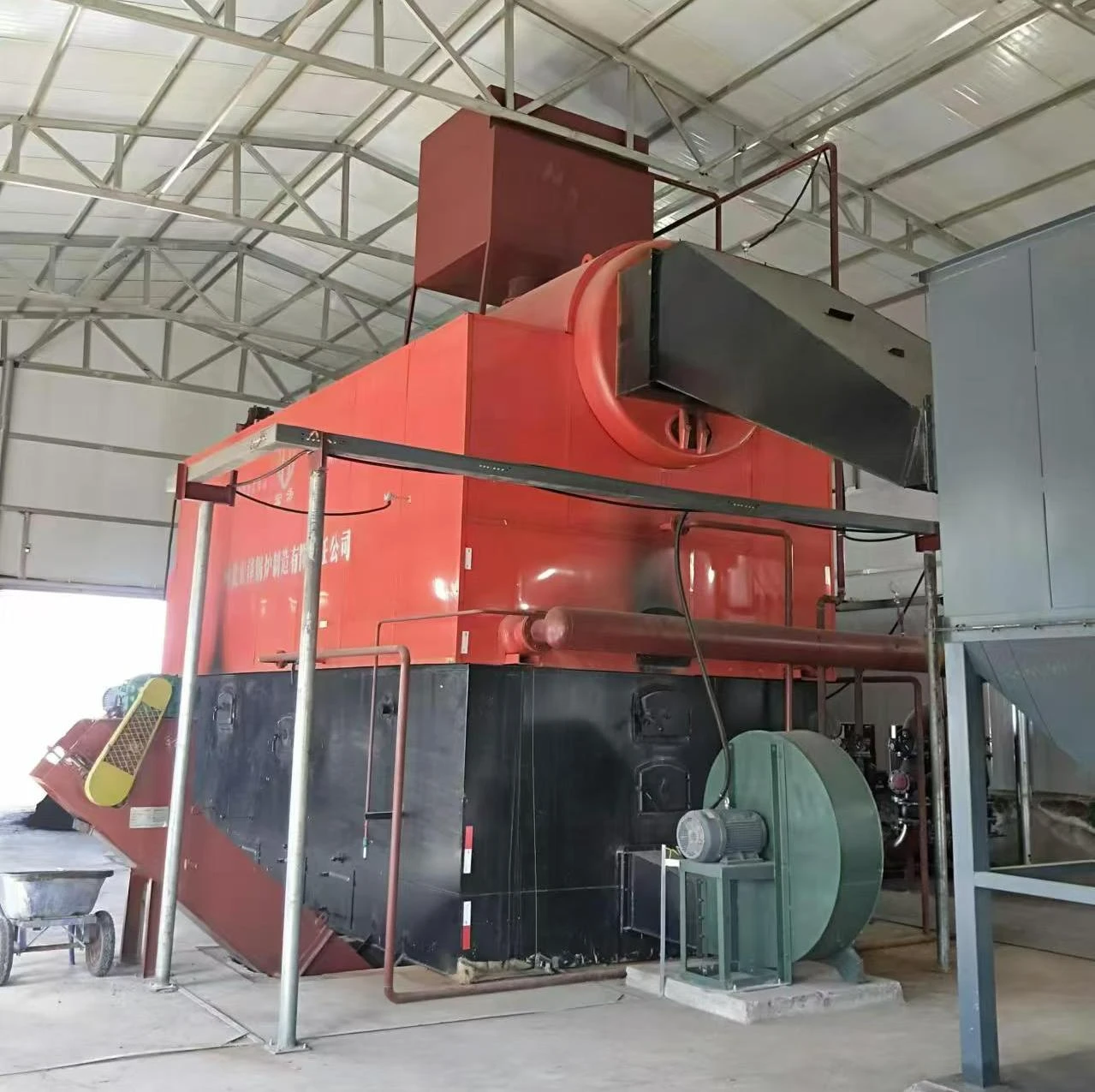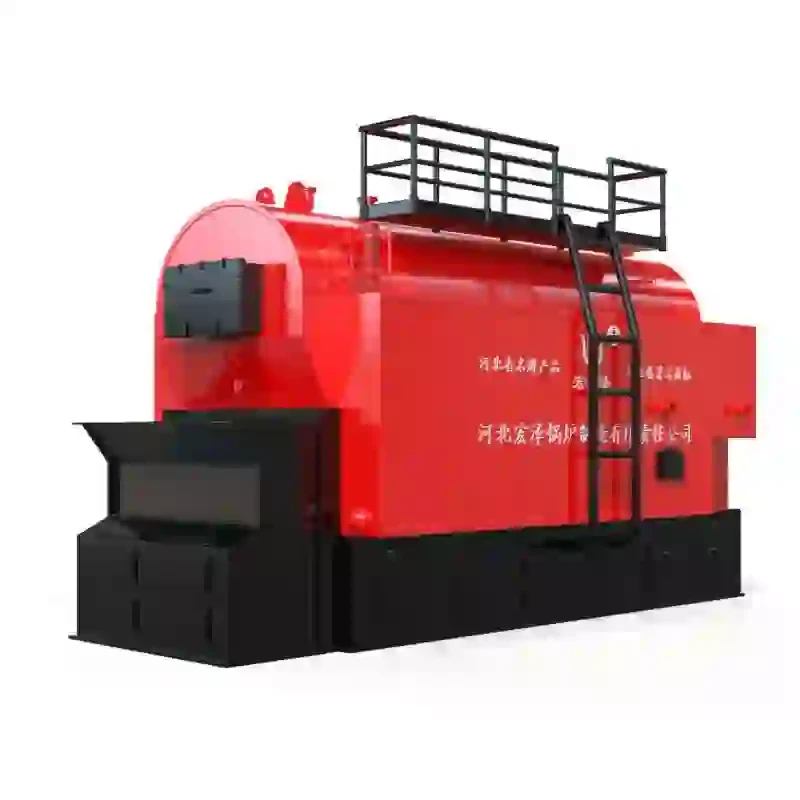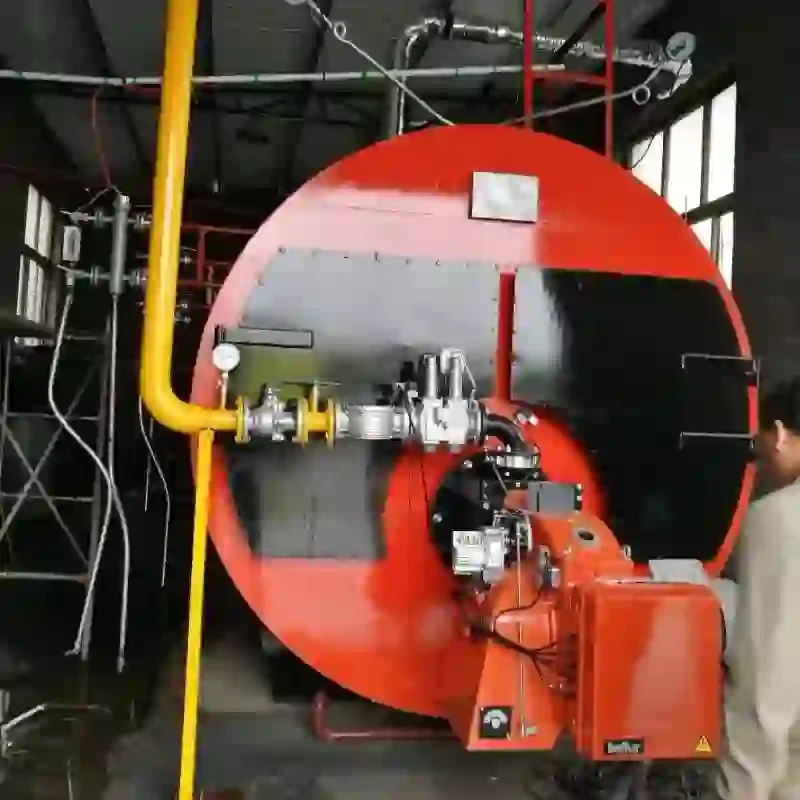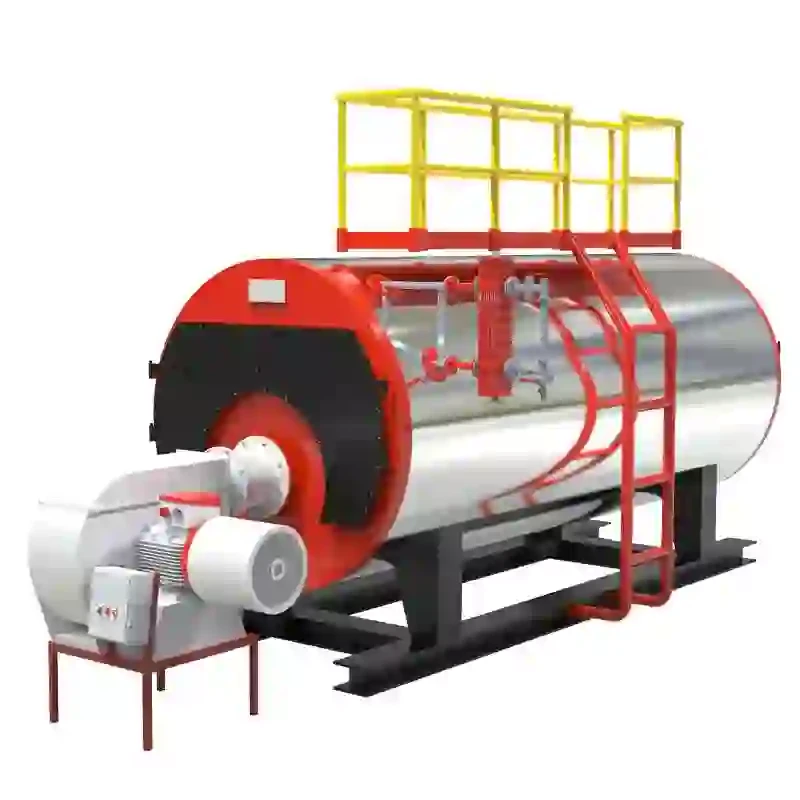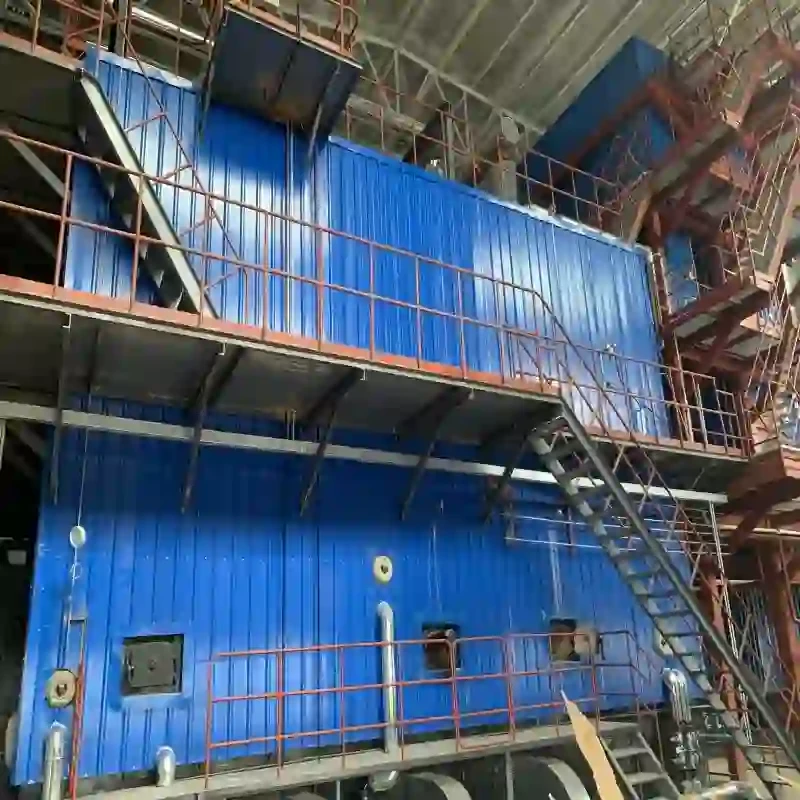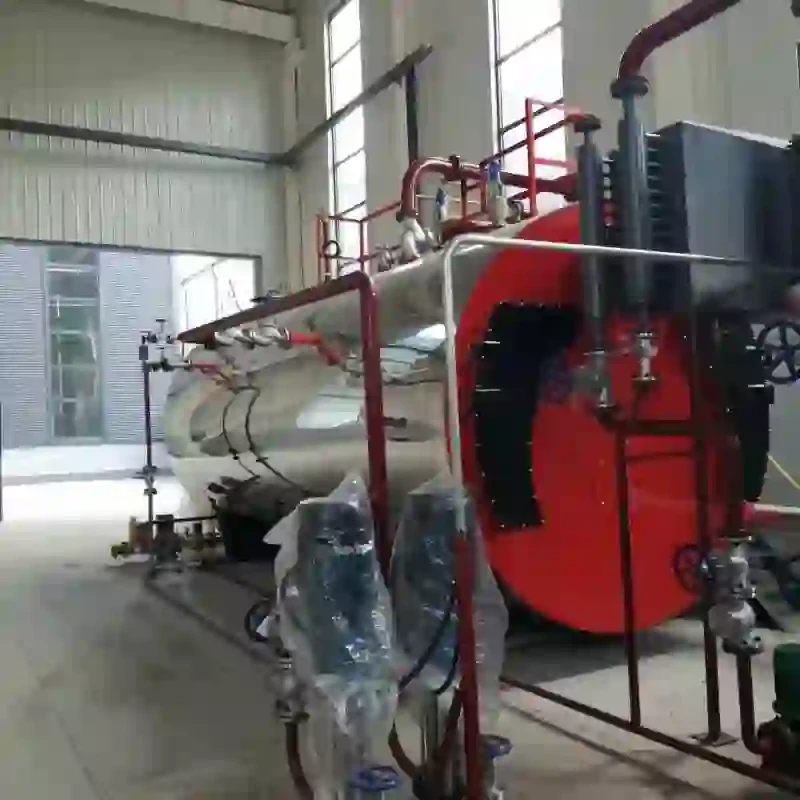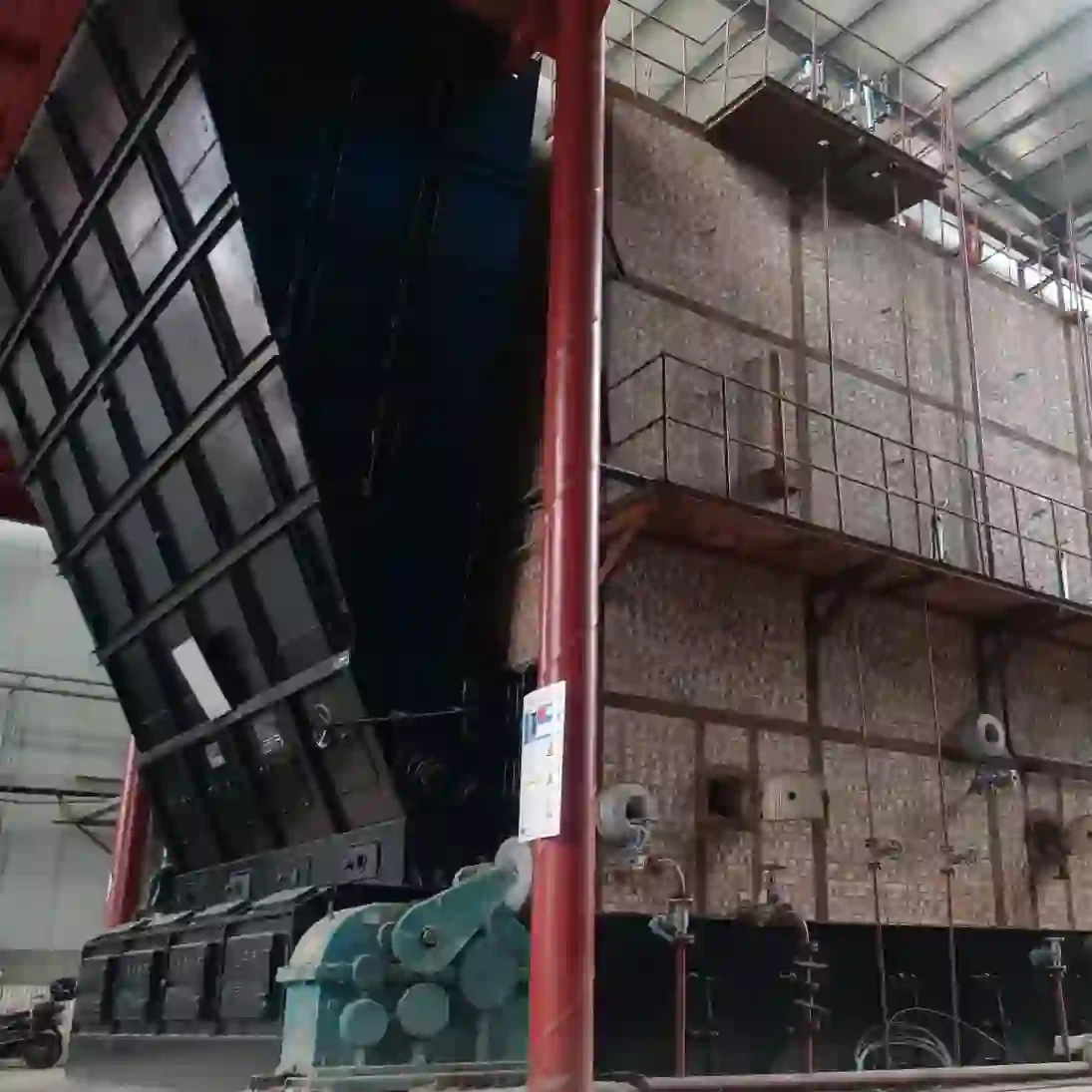
Nov . 23, 2025 21:00 Back to list
A Practical Guide to the Selection of Steam Boiler for Industrial Efficiency
The Art and Science of Selecting the Right Steam Boiler
When you think about it, the humble steam boiler is one of those unsung heroes of modern industry. Whether powering electricity plants or enabling essential heat processes in food and pharmaceuticals, understanding the selection of steam boiler systems is crucial worldwide. This isn’t just some technical jargon—it’s about efficiency, sustainability, and safety on a global scale. Knowing how to choose the right steam boiler can mean the difference between costly downtime and smooth operations, environmental compliance, and industrial innovation.
Why Selection of Steam Boiler Matters Globally
Steam boilers are at the heart of many industrial processes across the globe. According to the International Energy Agency (IEA), steam-based power and heating represent over 30% of global energy consumption in manufacturing industries. Developing nations especially rely heavily on industrial steam for their growing manufacturing sectors, especially in China, India, and Southeast Asia — making the right boiler choice a pressing concern for continuous growth and emissions reduction.
Yet, selecting an appropriate steam boiler isn’t straightforward. Companies often wrestle with challenges such as energy inefficiency, high emissions, space constraints, and operational safety. The global drive for sustainability means boilers must be not only reliable but also environmentally friendly and cost-effective in the long run.
Mini takeaway: The global urgency for industrial efficiency and sustainability makes mastering the selection of steam boilers a timely priority.
What Exactly Is the Selection of Steam Boiler?
Simply put, the selection of steam boiler refers to the process of identifying and choosing the most suitable steam boiler system based on specific needs. It’s kind of like picking out a pair of shoes for a marathon: you need the right fit considering durability, terrain, comfort, and performance. In industry, instead of shoes, it’s about capacity, fuel type, pressure ratings, heat transfer efficiency, and even the physical footprint of the boiler.
This selection is deeply tied to modern industrial needs—be it manufacturing, electricity generation, or humanitarian uses like sterilization and heat supply in emergency zones. The perfect boiler helps meet energy demands efficiently while limiting harmful emissions, aligning with both business goals and environmental responsibilities.
Key Factors in Choosing Your Steam Boiler
1. Capacity and Pressure Ratings
Choosing a boiler with the appropriate capacity—measured in tons of steam per hour—and desirable pressure levels is critical. Overestimating means higher upfront costs; underestimating leads to bottlenecks.
2. Fuel Type Flexibility
Common fuels include natural gas, coal, biomass, and oil. Increasingly, industries look at multi-fuel boilers or renewable-compatible options, aiming for cost-effective and greener operation.
3. Efficiency and Environmental Compliance
Boilers range widely in efficiency. High-efficiency models reduce fuel consumption and emissions. Compliance with local and international emission standards like ISO 14001 is essential to avoid penalties and promote sustainability.
4. Durability and Maintenance Requirements
Steaming reliably through multiple years of operation requires boilers built with quality materials and designs that reduce corrosion and scale buildup, minimizing downtime and repairs.
5. Scalability and Adaptability
Some industrial sectors grow rapidly. Selecting modular boilers or those designed for capacity upgrades supports future expansion without replacing entire systems.
Mini takeaway: Effective selection balances current needs with future demands, focusing on capacity, fuel, efficiency, durability, and flexibility.
Global Applications: Where You’ll Find Steam Boilers Working Hard
From heavy industry hubs in Germany and South Korea to rural manufacturing sites in Africa, steam boilers are everywhere. For example:
- Power generation: Coal or gas-fired boilers are the backbone of many electric grids worldwide.
- Food and beverage processing: Steam heats and sterilizes products, improving food safety.
- Pharmaceutical manufacturing: Requires consistent steam for sterilization and humidification.
- Emergencies and humanitarian relief: Compact steam boilers supply hot water and sterilization, notably in post-disaster medical camps.
Oddly enough, in remote mining sites, compact steam boilers offer energy security when grid power is unreliable. These instances highlight the importance of flexible and robust boiler solutions adapted to local conditions.
Advantages and Long-Term Benefits of Making the Right Choice
Getting your selection of steam boiler right pays off handsomely:
- Cost savings: Efficient boilers use less fuel, lowering operational expenses.
- Environmental impact: Cleaner combustion lowers harmful gases, helping companies meet international climate commitments.
- Reliability: Durable boilers reduce downtime correlating with trustworthiness among clients and partners.
- Social benefits: Cleaner and safer steam operations improve worker well-being and local air quality.
In the long term, investing in a well-matched boiler offers peace of mind — the kind where you know your production lines, hospitals, or relief efforts won’t suddenly stall. And frankly, that trust is priceless.
Emerging Trends Shaping the Future of Steam Boilers
The selections of steam boilers are evolving at a surprising pace. Some exciting developments to watch include:
- Green and biofuels: More boilers now support biomass, hydrogen blends, or biogas to reduce carbon footprints.
- Digital automation: Smart sensors and IoT integration enable predictive maintenance, reducing surprise failures.
- Compact and modular designs: Space-conscious factories demand smaller footprints and scalable capacity.
- Enhanced materials: New alloys resist corrosion better, extending boiler life expectancy significantly.
It feels like the boiler industry is riding the digital and green energy wave, which will redefine how we approach the selection process in the near future.
Common Challenges and How to Overcome Them
Despite the advances, selecting the right steam boiler can stumble against practical hurdles:
- Budget constraints: High-efficiency boilers require bigger upfront investment.
- Technological complexity: Integrating digital controls might intimidate traditional operators.
- Fuel supply inconsistencies: Especially in remote or developing regions.
Experts recommend a phased approach — starting with thorough operational analysis, consulting multiple vendors, and considering after-sale support and training. For many, partnering with established manufacturers simplifies these concerns considerably.
Product Specification Table: Example of a Popular Steam Boiler Model
| Specification | Model SB-150 |
|---|---|
| Steam Capacity | 1500 kg/hr |
| Operating Pressure | 10 bar |
| Fuel Type | Natural Gas / LPG |
| Efficiency | 92% (thermal) |
| Dimensions (LxWxH) | 2.5m x 1.2m x 1.8m |
| Weight | 1200 kg |
| Warranty | 2 years |
Vendor Comparison: Choosing Your Boiler Partner Wisely
| Feature | HZ Steam Boiler Co. | Global Boilers Ltd. | EcoHeat Solutions |
|---|---|---|---|
| Fuel Options | Multi-fuel (gas, biomass) | Gas, coal only | Biofuel compatible |
| Digital Controls | Integrated IoT | Basic controls | Advanced automation |
| Warranty | 2 years | 1 year | 3 years |
| After-Sales Support | 24/7 global support | Regional offices | Online & on-site |
| Price Range | $$$ | $$ | $$$ |
Frequently Asked Questions About Selection of Steam Boiler
Q: How do I determine the right boiler size for my plant?
A: Start by calculating your peak steam demand during normal operations, including any future expansion plans. Consult boiler specs matching that capacity plus a small margin (around 10–15%) to avoid shortages. It’s wise to work with experts to evaluate your specific heat needs for best results.
Q: What fuel type should I consider to reduce emissions?
A: Natural gas is cleaner than coal or oil, but renewables like biomass or biogas-compatible boilers offer even greener options. Consider local fuel availability and price fluctuations to balance cost and sustainability.
Q: Are modular boilers practical for small to medium enterprises?
A: Absolutely. Modular boilers offer scalability by allowing incremental capacity additions. This approach minimizes capital expenditure upfront and adapts to growing demand.
Q: How important is digital automation in modern steam boilers?
A: Digital sensors and IoT integration help monitor performance, schedule maintenance, and avoid costly downtime. Although initially more expensive, these systems usually pay off in operational savings.
Q: Can steam boilers be used efficiently in remote or off-grid locations?
A: Yes, many compact and fuel-flexible boilers provide reliable steam generation where electricity or steady fuel supply is uncertain. Maintenance simplicity is key in such cases.
Conclusion: The Long-Term Payoff of Smart Boiler Selection
Choosing the right steam boiler isn’t just about ticking specs boxes—it’s a strategic decision with ripples across your operational costs, environmental footprint, and workplace safety. The thoughtful selection of steam boiler fits your current needs while foreseeing future scaling and compliance challenges. As the world leans into energy transition and digital innovation, the stakes and stakes keep climbing.
To dive deeper into your options or see a selection of steam boiler available for your industry today, don’t hesitate to visit our site. Because in real terms, the right boiler isn’t just an appliance—it’s a partner in your success.
Brief takeaway: Mastering the art of boiler selection unlocks performance, sustainability, and peace of mind for industries worldwide.
References
-
Comprehensive Guide to Steam Boiler Installation Diagram – Global Best Practices and Future Trends
NewsNov.24,2025
-
Comprehensive Guide to Steam Boiler PDF Manuals and Their Global Impact
NewsNov.22,2025
-
Discover How Steam Boiler Videos Improve Industrial Training & Safety
NewsNov.22,2025
-
Comprehensive Guide to Wood Fired Steam Boiler Design – Efficiency, Applications, and Innovations
NewsNov.21,2025
-
Comprehensive Guide to Steam Boiler Working – Efficiency & Applications
NewsNov.20,2025
Related PRODUCTS






